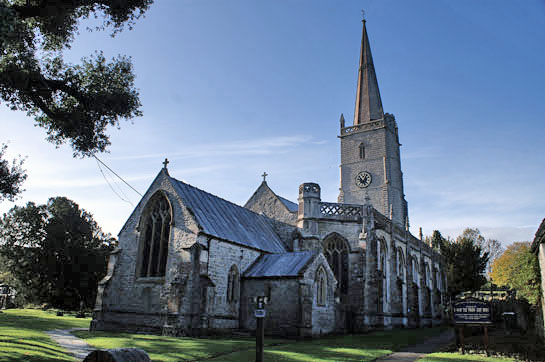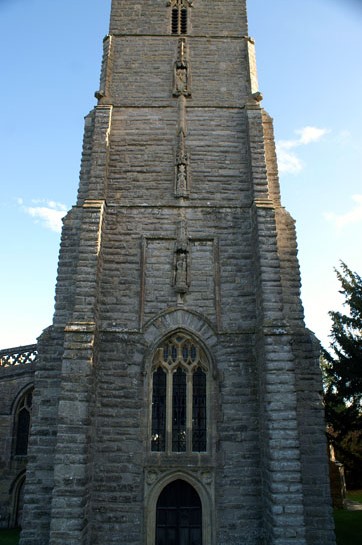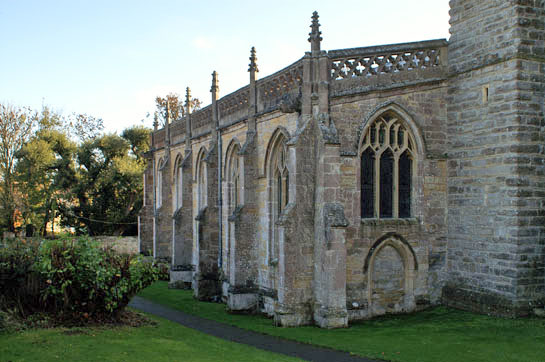|
Alphabetical List |
|
|
|
|
|
|
|
County List and Topics |
|
|
|
Please sign my Guestbook and leave feedback |
|
|
||||||||||||||||||||||||||
|
The village dates from the Anglo-Saxon period and it appears in Domesday Book. Today’s church dates from around 1300 but we know there was an earlier church because a rector was recorded in 1190. Of that church, however, nothing remains. Today’s church is a pleasing one visually, but is perhaps unexceptional externally apart from the west tower. The aisles and the arcades are in Perpendicular style. The chancel was rebuilt in 1840-5. The tower dates from the c15 and has not been changed since. It is rather narrower than the usual chunky Somerset towers and it is surmounted by an elegant spire, an unusual feature for Somerset.. Its west face is punctuated by three niches complete with statues. Oddly, Pevsner was claiming right up to 1976 that the top two niches were empty - I can’t vouch for later editions. The parish website, however, has a link to a copy of the original Church Guide written by its Vicar of 1911-35 and that also shows that all three niches were filled! So it seems Pevsner made a mistake. These statues are a delight. How they survived Reformation and Commonwealth I am not quite sure! If the rood screen also survived until 1842, however, then this was a church that seemed to have weathered the storms of liturgical change that afflicted so many other churches. |
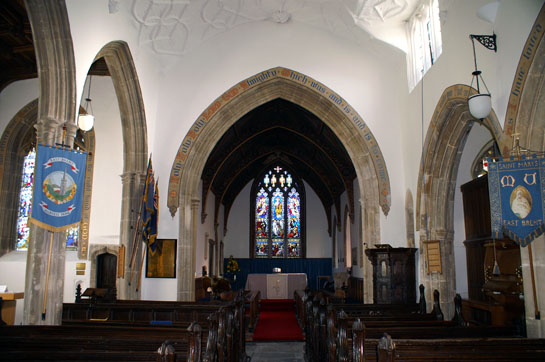 |
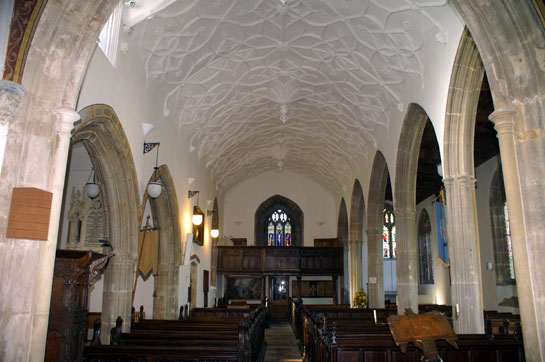 |
|
Left: Looking towards the east end. Right: The nave, looking towards the west end with its gallery. The Carolean ceiling is distinguished, to say the least. The north aisle is taller and more elegant than its southern counterpart and is likely, therefore, to be the earlier of the two. |
 |
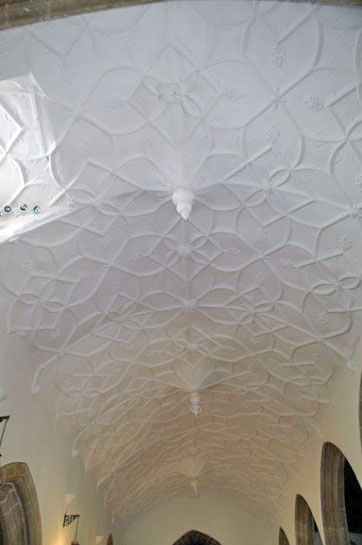 |
|||||||||||||||||||
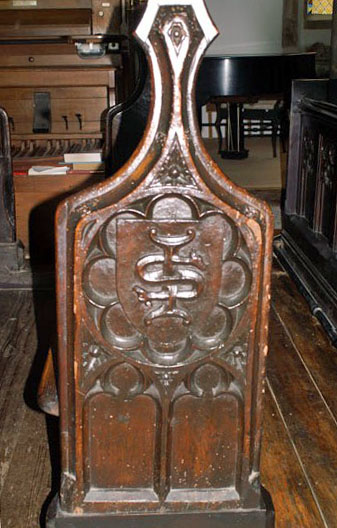 |
||||||||||||||||||||
|
Left: The east end showing the delightful nave ceiling. Right: The ceiling closer to. Right: This bench end has the initials of John Selwood, Vicar from 1467-93. This was obviously a man of some capability. He built himself a manor house nearby that was demolished in 1708. He also refurbished Glastonbury Abbey and brought with him the pews that we see today. The Church Guide suggests, very plausibly, that they were brought here by flat bottomed boats through the maze of streams and rivers that used to (and to a lesser extent, still do) criss-cross this county. |
||||||||||||||||||||
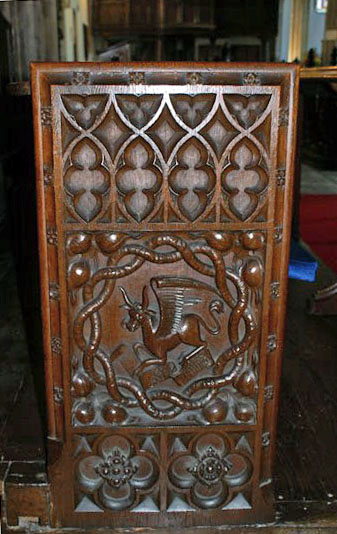 |
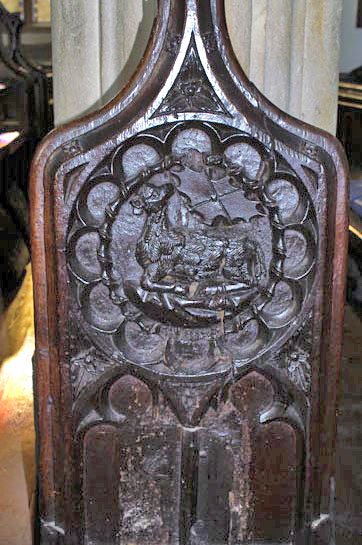 |
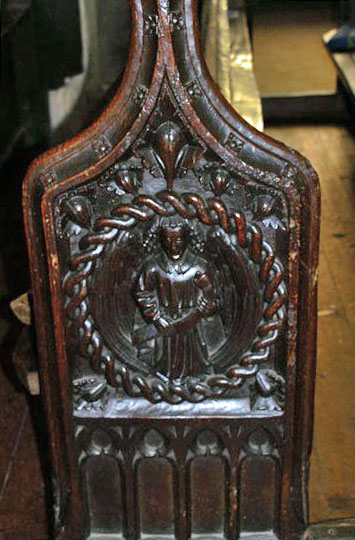 |
||||||||||||||||||
|
Above and Below: Various examples of bench end. It is interesting to compare these with those nearby Brent Knoll. The East Brent bench ends are all religious - slightly boring really! - whereas those at Brent Knoll include some deliciously satirical scenes, although many there are religious too. The two example top left looks to be more recent work to me and you will note that they have no “poppy heads” and are of different wood. Neither Simon Jenkins nor the Church Guide mention this. Note the fine interlaced carving around the central scenes - particularly the lovely example above right. |
||||||||||||||||||||
 |
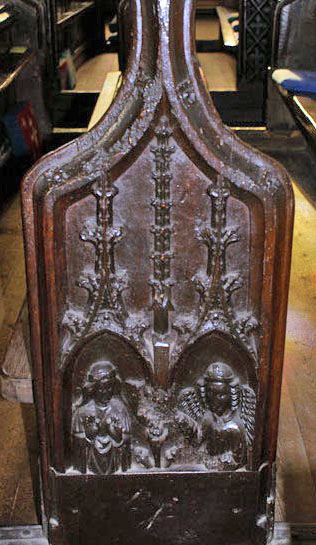 |
|||||||||||||||||||
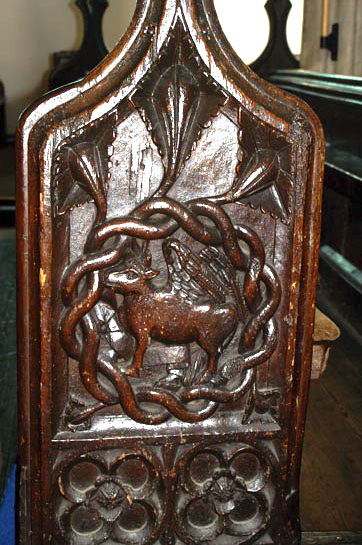 |
||||||||||||||||||||
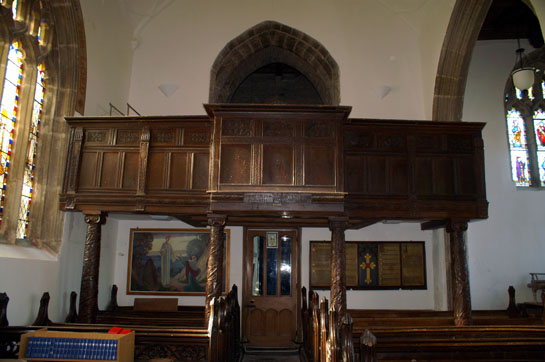 |
 |
|||||||||||||||||||
|
Left: The West Gallery of 1635. It was part of the rood screen until 1824. Lord knows what it must have looked like! Right: The names of the churchwardens of the time are carved under the central section. |
 |
|||
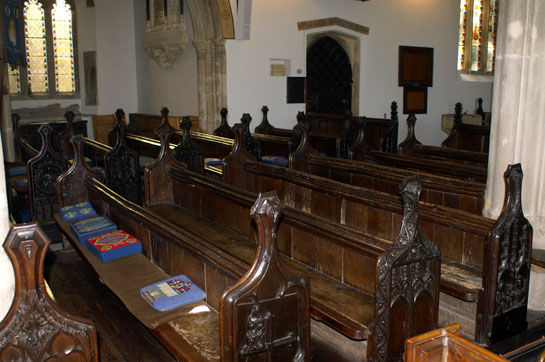 |
|||
|
Left: A view of the pews with the bench ends. Right: The effigy here is believed thought, according to the Church Guide, to be of a c14 priest or else Martin de Summa who “in 1160-70 fought for the local monks against the unscrupulous Bishop Severac” Add this information to the satirical bench ends at Brent Knoll that are thought to lampoon Richard Fox, the Bishop of Bath and Wells, and you get the strong suspicion that bishops were not to popular in these parts! |
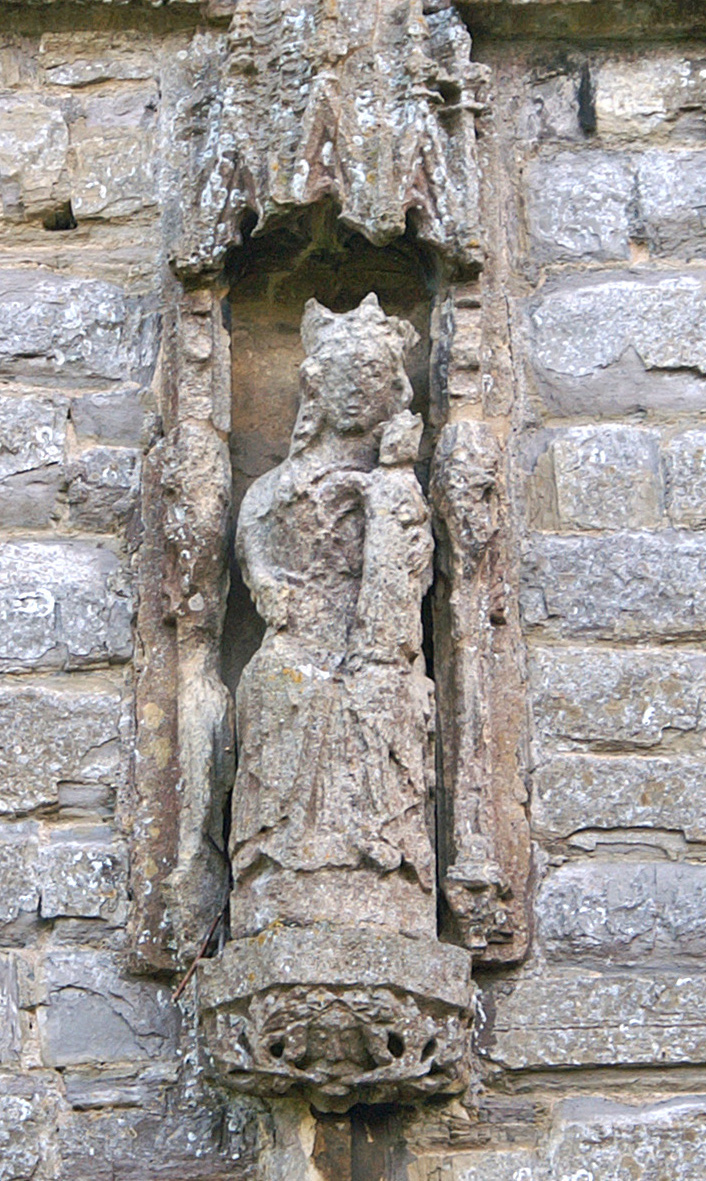 |
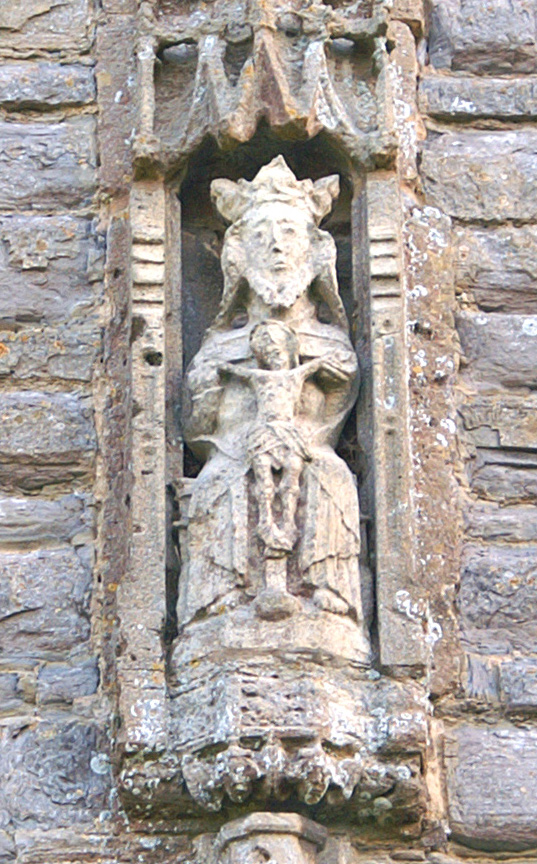 |
||||
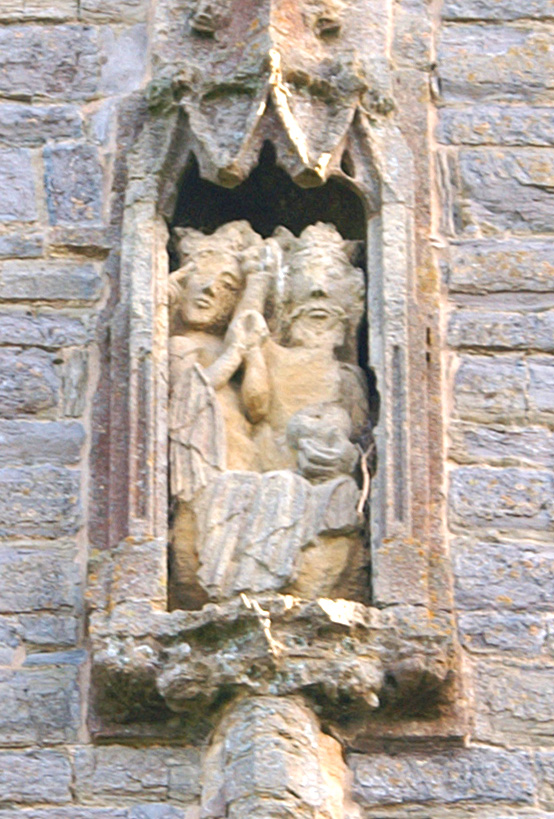 |
|||||
|
The three niche carvings on the west tower. They are quite clearly all carved by the same sculptor. Shown in ascending order they are: Left: The Virgin and Child Centre: The Trinity. Right: Christ crowning the Virgin Mary. Niche carvings were, of course, fair game for the iconoclasts of the Reformation and Commonwealth periods, so these are rare survivals. They are weathered but a surprising amount of detail remains and I think there is much to admire in the execution of these figures. The Virgin and Child image may seem stilted in its composition but note the fact that the mother holds the child close to her face. It is a human composition rather than one of the cliched “adoration” images beloved of Renaissance artists. Again, the figure of God in the central image is a human one that speaks of worldly worries. The coronation scene extends the humanity theme. I am enchanted by the way the sculptor has chosen not only to fill the niche but to rather to make it appear that the figures are standing within it, almost struggling to find space. I have to say that these three sculptures are amongst my favourites on English parish churches. Of course there are finer ones to be seen on the Cathedrals and Great Churches, but these at east Brent would have been carved by a man of much humbler origins. They are treasures. |
|
|
||||||||||||||||||||
|
|
